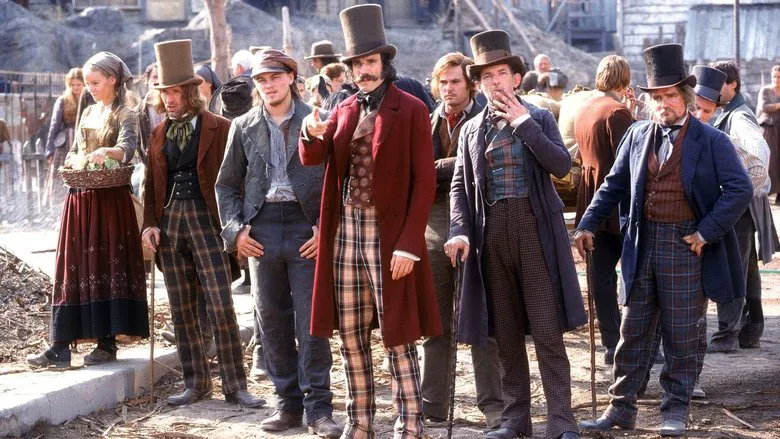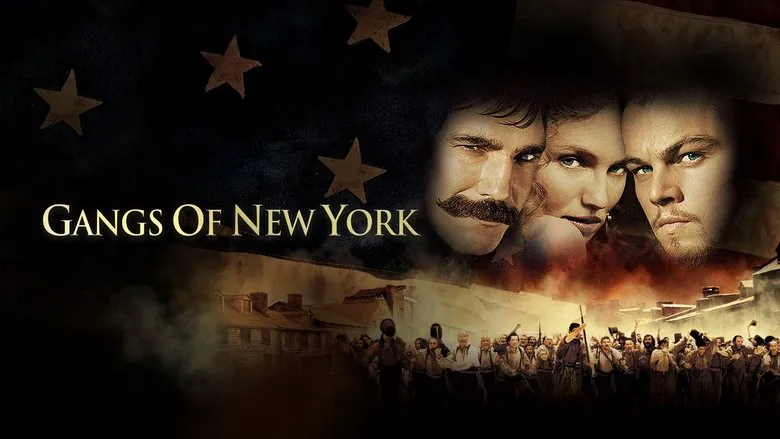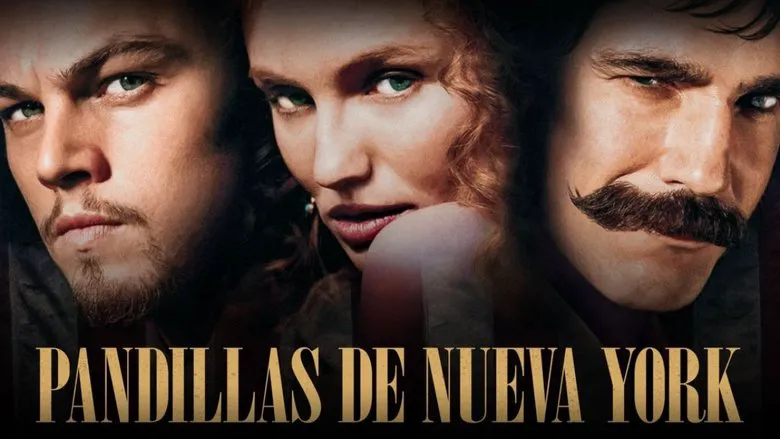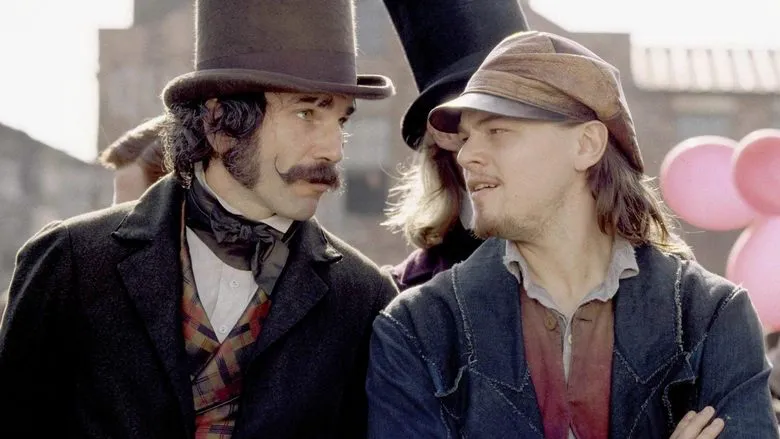The Weight of Expectation: Scorsese’s “Gangs of New York” and the Elusive Oscar
At the Academy Awards ceremony, Martin Scorsese’s face betrayed a mixture of anticipation and steely resolve. It seemed inconceivable that he would leave empty-handed once again. A perennial nominee and a living legend of American cinema, Scorsese had never won an Oscar for Best Director, let alone Best Picture. The director of “The Last Temptation of Christ,” “Taxi Driver,” “Raging Bull,” and “New York, New York” deserved recognition for his contribution to the art of filmmaking alone. But it wasn’t to be.
The disappointment was palpable. Scorsese’s latest film, “Gangs of New York,” a project he considered a magnum opus, received 10 nominations but failed to win a single award. The question remained: why?
A Titan’s Take on a Bygone Era
To the discerning viewer, the answer becomes apparent from the opening scene: a quintessential Hollywood epic, a historical tableau brimming with elaborate set pieces and impeccable work from the costume, set, and makeup departments. Everything is grand in scale, from the crowd scenes to the soundtrack, which amplifies every blow to the point of absurdity.

One senses the hand of a titan at work. Only a filmmaker of Scorsese’s stature could afford to be so boldly traditional, even formulaic. Only a titan could drench the screen in buckets of red paint, splattering it across the faces of Hollywood’s biggest stars. Only a titan could cast an A-list actor only to eliminate them within the first three minutes.
Ultimately, only a titan would dare to tackle such an ambitious project: to provide the United States with a history as profound as Eisenstein’s “Alexander Nevsky,” complete with its own “battle on the ice,” Teutonic knights, and ill-fitting armor. A history as picturesque as Dickens, albeit adapted by Carol Reed. At times, Scorsese’s film feels like a carbon copy of the 1968 musical “Oliver!”, from which the costume designers drew inspiration, and the troubled “gangster’s moll,” Nancy, now renamed Jenny, seems to have been lifted.
Except this time, she doesn’t sing “Oom-Pah-Pah,” and she’s played by Cameron Diaz.
A New Dimension to the American Portrait
The film possesses one undeniable merit: it adds a new temporal dimension to the portrait of America. Everyone knows New York as a hub of glass and steel, lights and wealth. Scorsese reveals an America of chaos, where “native-born” citizens, fueled by racism and xenophobia, clashed with “foreigners” – immigrants. A time when life was cheap, and corpses were routinely cleared from the streets each morning. He depicts New York in the 1860s: broken bricks, industrial gloom, hidden catacombs, impoverished saloons, and cramped shacks, yet with the same political parades in clownish top hats. He soars above the sprawling shantytowns with computer-generated imagery, echoing Baz Luhrmann’s similar aerial shots of 19th-century Paris in “Moulin Rouge.”

He reminds the world of his country’s adolescence, shedding light on certain aspects of the American mentality: impulsive decision-making, a tendency towards sentimentality, and an appreciation for the aesthetic value of knife-throwing and the right to a good fistfight.
Opera and Artifice
The operatic flamboyance of “Gangs of New York” owes much to the cinema of the 1960s and even to the musical genre, so much so that one half expects DiCaprio to burst into song like Luhrmann’s Romeo. This theatricality casts doubt on the film’s historical accuracy.
However, even Eisenstein’s historical dramas were essentially film operas.
The script for “Gangs of New York” incorporates some documented historical facts. For instance, the battle at “Five Points” did occur, although it was mistakenly referred to as the battle at “Five Streets” in the dubbing. Later, Five Points would become Manhattan.
The script allows for a grand-scale irony regarding the origins of American society and its democracy. It is historically optimistic: everyone knows what America became in just a century. It shows the surreal circumstances from which it emerged.

It also showcases the larger-than-life characters who shaped it: adventurers, daredevils, and ruthless players. Aside from the sets, the characters are the most vibrant aspect of the film. They are portrayed with broad strokes, making it a decidedly masculine film. As mentioned, even minor roles are filled by strong actors: Liam Neeson plays an Irish missionary, quickly dispatched by the Butcher, the leader of the “natives.” Scorsese initially wanted Robert De Niro for the role of the Butcher, a virtuoso with knives, but De Niro declined, jeopardizing the entire project. Daniel Day-Lewis, a British actor who had previously worked with Scorsese in “The Age of Innocence” and then disappeared from the screen, was cast instead. He delivers a powerful performance, radiating intense inner energy. Leonardo DiCaprio’s magnetic presence is well-known; here, he plays Amsterdam, returning to his homeland to avenge his murdered Catholic father. DiCaprio confirms his potential as a fine actor, a potential that is often questioned due to his heartthrob image.

A Cold Spectacle
The film is loud, spectacular, and… coldly boring. The force of the muscular blows is not matched by the power of emotion. Sincerity is replaced by affectation. Perhaps this is due to the film’s troubled history: a 25-year-old concept that only now reached the screen, with numerous production halts, cast changes, and behind-the-scenes disputes that became Hollywood gossip fodder. As a result, the film lacks a natural rhythm, moving convulsively, sometimes exaggeratedly nervous, sometimes almost falling asleep, only to be jolted awake by a particularly Dolby-enhanced thud. In its melting pot, besides the clichés of old cinema with a London accent, there’s even a touch of Chinese opera – perhaps for added color and the same jolt. The actual substance – plot and thought – amounts to about twenty minutes. Therefore, Scorsese’s new film feels more like a three-hour prologue to the final credits.